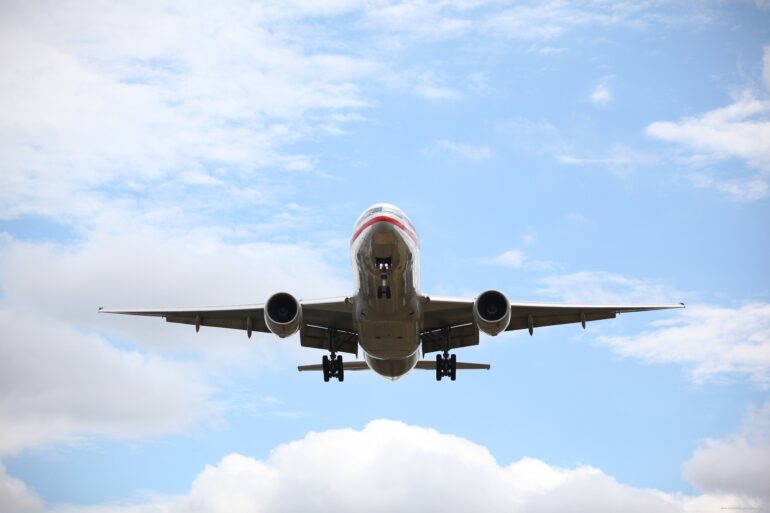TL;DR:
- MIT researchers unveil a groundbreaking AI algorithm for stabilizing planes in low altitudes.
- The algorithm surpasses traditional methods in addressing dynamic, nonlinear, and highly dimensional paths.
- Simulations demonstrate superior stability and avoidance of instabilities encountered in near-crash scenarios.
- The algorithm yields results that match or exceed current safety standards with a ten-fold increase in stability performance.
- AI autopilots equipped with the algorithm offer a more stable and secure flight experience.
- Complex maneuvers are still beyond the current capabilities, but further research could lead to more advanced algorithms.
- Integration of the algorithm into larger systems could enhance aircraft stability during extreme situations.
Main AI News:
In a groundbreaking study, the esteemed researchers at the Massachusetts Institute of Technology (MIT) unveiled a cutting-edge algorithm that has the potential to revolutionize the field of aviation. This remarkable algorithm aims to tackle the persistent problem of stabilizing planes in low altitudes, offering a ray of hope for pilots and passengers alike.
Unlike traditional methods of stabilization, which often focus on specific issues rather than overall stabilization problems, this novel algorithm takes a more holistic approach. It addresses the challenges posed by dynamic, nonlinear, and highly dimensional paths, a feat that previous methods have struggled to accomplish. By doing so, it paves the way for safer and more efficient plane autopilots, particularly for jet planes.
The researchers opted to simulate an F-16 aircraft in a near-crash scenario to demonstrate the efficacy of their algorithm. The objective was to maneuver the plane to avoid a ground collision while maintaining a low altitude within a narrow flight corridor. Remarkably, the algorithm proved superior in terms of stability during training, overcoming the notorious instabilities encountered when attempting to find the elusive saddle point, a delicate balance between all angles.
Through extensive simulations, the researchers consistently achieved results that either matched or surpassed the safety standards set by current methods. Additionally, their algorithm exhibited a remarkable ten-fold improvement in stability performance, a significant leap forward in aviation safety. It is worth noting that the findings are yet to undergo peer review, underscoring the need for further scrutiny and validation.
Central to the success of this groundbreaking research is the utilization of artificial intelligence (AI). By harnessing the power of AI, the researchers were able to develop two algorithms that surpass traditional counterparts in terms of stability and safety. However, it is important to highlight that the current algorithms are only capable of solving simple flight challenges, and more complex maneuvers still remain beyond their reach.
Nevertheless, the researchers view this study as merely a starting point, envisioning a future where more sophisticated algorithms are developed to tackle intricate aviation scenarios. They believe that with continued research and development, these algorithms could be integrated into larger systems, augmenting human capabilities during extreme situations where time is of the essence.
Conclusion:
MIT’s breakthrough AI algorithm for plane stabilization holds significant implications for the market. It represents a major advancement in aviation safety, providing a more stable and secure flying experience. With the potential to surpass current methods and deliver unprecedented stability performance, this technology has the capacity to reshape the aircraft autopilot industry.
As the research progresses and more sophisticated algorithms are developed, the market can anticipate further advancements that enhance the overall safety and efficiency of air travel. Industry players should closely monitor these developments and consider the integration of AI algorithms into their systems to stay at the forefront of innovation and meet the evolving demands of the aviation sector.

